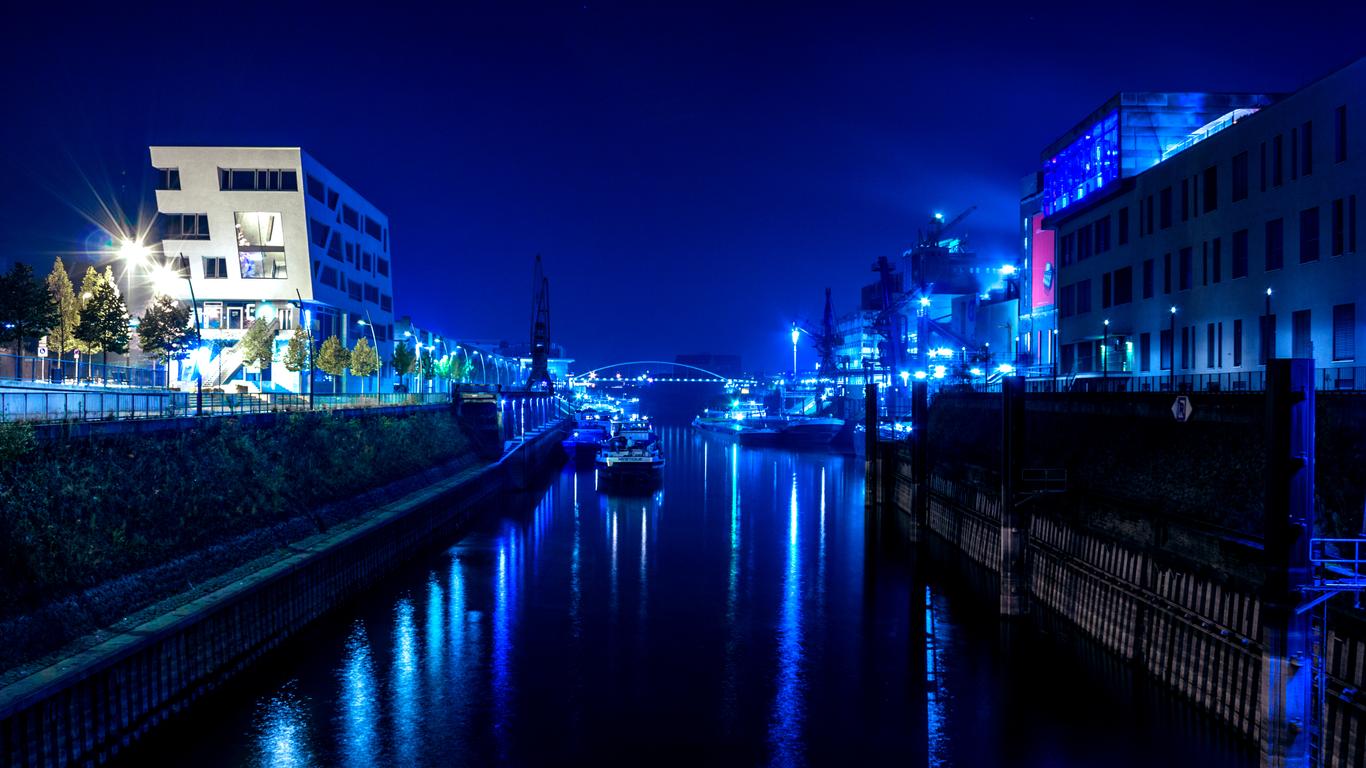Located opposite Düsseldorf on the west bank of the Rhine River, Neuss is considered Germany’s oldest city along with Trier. It is renowned not only for its historic Roman sites but also the annual Neusser Bürger-Schützenfest, one of the largest marksmen’s festivals in the world that ignite the streets each year.
Neuss was once surrounded by medieval fortifications, with the Blutturm, or Bloody Tower, the only round tower still standing today, while the Obertor, or Upper Gate, is the sole remaining of its six gates. Built in the early 13th century, its Obertor now forms part of the Clemens-Sels-Museum which has a diverse collection of local artefacts and artworks from European masters. The city is scattered with historic architecture, including the 13th century Romanesque Saint Quirinus Minster church which is dedicated to the city’s patron saint and houses a shrine with his relics. Its dome-shaped eastern tower is visible across the city and remains one of the most recognisable landmarks in Neuss today. The neo-Gothic Church of St. Mary and late-historicist Church of Christ are also impressive, while many of its old houses and shopfronts are of note, including the Zum Schwatte Päd, the oldest public house in the Lower Rhine region, and the Old Coffee House which dates to 1571. Many visitors time their visit to coincide with the annual Neuss Bürger-Schützenfest, featuring almost 7,000 marksmen and 1,200 musicians in competitions, parades and live entertainment, and attracting more than a million visitors each year.
Neuss is well connected with Düsseldorf by train from its central station, as well as numerous other cities across Germany. Buses, light rail services and suburban trains will whisk visitors across the city, or its streets are well designed for those wanting to explore by bicycle.
Neuss was founded as Novaesium in 16 BC by the Romans and originally served as a military fortification before a civilian settlement was established in the 1st century AD. In 1474 it underwent a year-long siege by Charles the Bold, Duke of Burgundy, and having survived, the Holy Roman Emperor Frederick III granted the town the right to mint its own coins and carry the imperial coat of arms.





